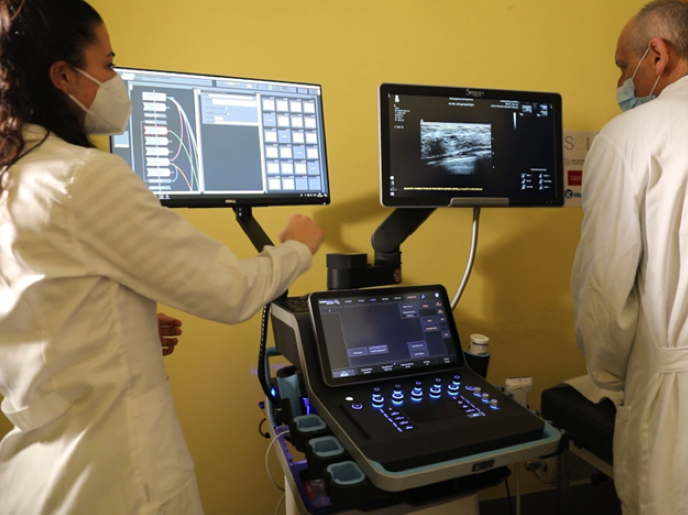Calculating the future algorithmically
It is unlikely that traditional algorithms and their design methods will meet the demands of algorithmic-based applications of the future. Already the need for advanced algorithms can be seen in AI applications that modern algorithms are finding it hard to deal with. The advent of advanced software programmes, gargantuan searchable databases, the introduction of compact music files, intelligent search engines and the need for speed are but a few of the applications that algorithms are currently driving. But the more advanced applications of the future will certainly require more advanced and impressive algorithms. To this end a consortium of eleven leading algorithmic research groups got together in order to tackle the shortcomings of current algorithms and to compile more efficient, new algorithms to better tackle emerging technologies. The consortium arranged their work into five major groups; Massive Data Sets, Networks and Communications, Planning in Production and Transportation, Generic Methods and finally, Experimental Algorithms. While research produced a large volume of scientific documentation, much of it printed in prestigious journals, the real value lay in the transfer of many algorithms into actual applications. One such was a demonstrated data mining package. Another was a LEDA Extension package for distributive algorithmic engineering capable of simulating large and hierarchically structured networks as well as the development of network optimisation methods for resource allocation. The complexity of modern transportation needs in light of growing demands also saw an algorithm-generated software for production and transport planning with real-life problem instances. All in all, the efforts of this consortium on algorithmic studies should blossom into highly attractive exploitable results in the future as their impact is already being felt today. Furthermore, their widespread use in a host of applications for telecommunications, advanced computerised programmed, system processing and even within the entertainment industry is almost certainly guaranteed.







